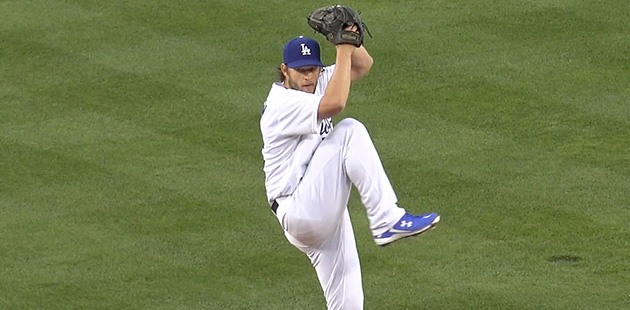MLB sets new rules to speed up games
As the MLB struggles to attract younger fans, the league believes that shortening games will make the product more appealing to an audience that does not have the patience to sit and watch baseball games that last 3.5 to 4 hours.
In an effort to reduce game length, Commissioner Rob Manfred announced late last month rule changes for the 2018 season that limit teams to six mound visits per game. The MLB also plans to implement two-minute limits on breaks between innings and during pitching changes. Although the union leadership signed a paper acknowledging the new rules, players around the league have mixed feelings regarding the changes.
“Obviously we want to put the best product out that we possibly can,” said Dodgers’ slugger Justin Turner regarding the speed of the game. “We want to try to involve and engage as many fans as possible, but we also want to keep the integrity of the game together so I think both sides — both the MLB and Rob Manfred and the Players Association and us as the players — are trying to collaborate and try to come up with something that doesn’t affect the game of baseball, but also can grab the attention of all our fans.”
The MLB however, will not carry out the highly criticized 20-second pitch clock rule or a between-batter timer, albeit Manfred mentioned those steps may be considered if the current changes fail to speed up the pace of play.

Zack Greinke
The new set of rules are as follows per MLB.com:
- Mound visits
- Mound visits will be limited to six per team per nine innings. Teams will receive an additional visit for every extra inning played. Any manager, coach or player visit to the mound will count as a mound visit.
- Visits to the mound to clean cleats in rainy weather, to check on an injury or potential injury or after the announcement of an offensive substitution are excepted.
- Also, normal communication between player and pitcher that does not require either to vacate their position on the field does not count as a visit.
- If a team is out of visits, the umpire will have discretion to grant a visit at the catcher’s request if he believes there has been a cross-up between the pitcher and catcher.
- Between-inning breaks
- As has been the case since the start of the 2016 season, a timer will count down between innings from 2:05 for breaks in locally televised games, from 2:25 in nationally televised games and from 2:55 for tiebreaker and postseason games.
- The difference now is that at the 25-second mark, the umpire will signal for the final warmup pitch and the pitcher must throw it before the clock hits 20. The batter will be announced at the 20-second mark and the pitcher must begin his windup to throw the first pitch of the inning within the five seconds before the clock hits zero.
- Another important change is that a pitcher is no longer guaranteed eight warmup pitches between innings. However, he can take as many as he wants within the countdown parameters noted above. The timer will start on the last out of the inning, unless the pitcher is on base, on deck or at bat, in which case the timer shall begin when the pitcher leaves the dugout for the mound.
- If the final out of the inning is subject to replay, the timer begins when the umpire signals the out.
- Timing of pitcher changes
The timing clock — as listed above — also applies to pitching changes, and it will begin as soon as the relief pitcher crosses the warning track.
- Instant replay
All club video review rooms will now receive direct slow-motion camera angles to speed up challenges and the resulting review. New phone lines will connect the rooms to the dugout and will be monitored to prevent their use for sign stealing.
Photos by Claudia Gestro
Top photo: Los Angeles Dodgers Pitcher Clayton Kershaw
An avid sports fan, Brenda grew up rooting for the Los Angeles Dodgers, Lakers and Kings. In her spare time she enjoys wandering through LA in search of the best burger in town, frequenting concerts, running 5K’s, dominating in Super Shot Basketball, and spending time with her four brothers. Raised in the Inland Empire, Brenda has previously written for The Press-Enterprise, in addition to their Spanish sister publication, La Prensa. She holds Bachelor of Arts degrees in both Communications and Spanish from Cal State San Bernardino.

